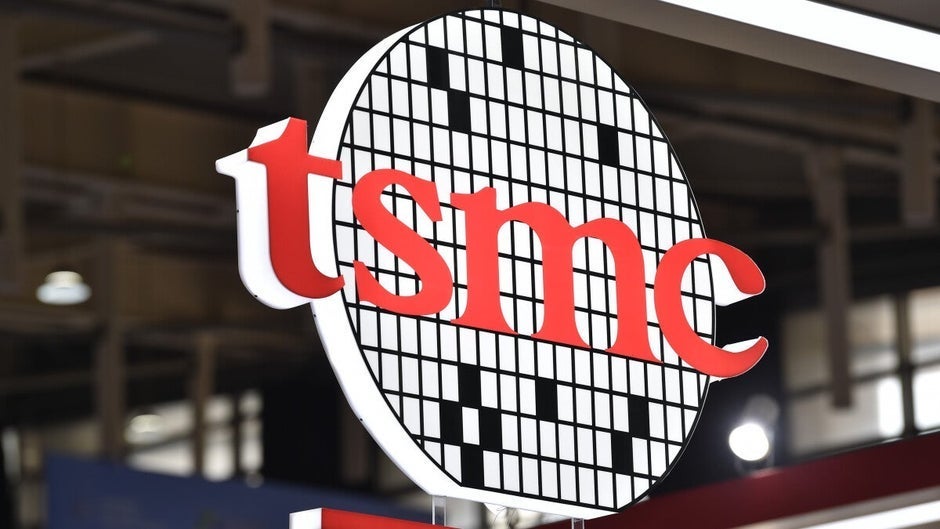TSMC expects record demand from Apple and other clients for its 2nm semiconductor production

To put things in perspective, the iPhone 7, released in 2016, was powered by the A10 Fusion chip. The semiconductor was designed by Apple and built by TSMC using its 16nm process node. Now we are in 2025 and the iPhone 17 series will be released later this year powered by the A19 and A19 Pro application processors (AP) that are being built by TSMC using its third generation 3nm node (N3P).
What makes this so important is that as process node "sizes" shrink, so do the size of the transistors embedded inside a chip. Smaller transistors mean more can fit inside a chip making the chip faster and more energy-efficient. The A10 Fusion carried 3.3 billion transistors which sounds like a large number but not when you compare it to the A18 Pro used to power the iPhone 16 Pro and iPhone 16 Pro Max.
Apple didn't release the transistor count on the A18 and A18 Pro but based on the 19 billion transistors that pack the A17 Pro, we can guess that the A18 Pro carries 20 billion to 25 billion transistors.
TSMC saw strong demand for its 3nm node among its clients. New reports indicate that demand for the 2nm process node is greater than that seen for any past processes. As an example of how fast TSMC is moving ahead with 2nm, the defect density rates have already matched those for the 3nm and 5nm nodes. This measures the number of defects per unit area on a silicon wafer after the chip manufacturing process.
Apple is expected to be TSMCs top customer for the node with indications that Apple will use the third-gen 3nm process for the iPhone 17 line and debut 2nm next year with the iPhone 18 series. AMD was the first to announce it will use 2nm chips with its Zen 6 Venice CPUs.
With its 2nm node, TSMC is switching from its FinFET transistors to Gate All Around (GAA). With this technology, the gate covers the channel on all four sides reducing current leaks and improving the drive current. GAA uses nanosheet transistors allowing the chip to deliver faster performance or lower power consumption. Compared to the second generation of 3nm production (N3E), the new process node will offer a 10% to 15% improvement in speed.
TSMC is expected to produce a decent number of 2nm chips by the end of the year. That is seen with its 2025 output of 50,000 2nm wafers each of which is diced into hundreds or thousands of chips. By 2027, the output of wafers could triple to 150,000. This increase will help feed TSMC's expansion in Taiwan as it adds more 2nm production capacity. The company also expects to build 2nm chips at its US fabs in Arizona by 2028.
Follow us on Google News










![A new Android bug is making it impossible to install new apps. Are you affected? [UPDATE]](https://m-cdn.phonearena.com/images/article/176703-wide-two_350/A-new-Android-bug-is-making-it-impossible-to-install-new-apps.-Are-you-affected-UPDATE.webp)

Things that are NOT allowed:
To help keep our community safe and free from spam, we apply temporary limits to newly created accounts: